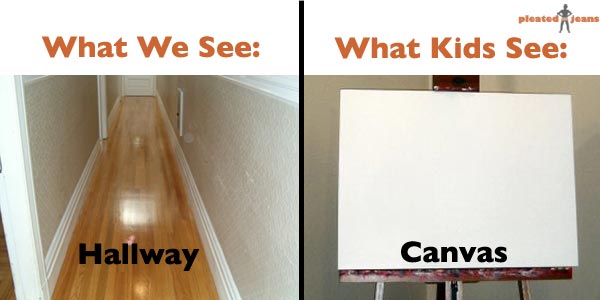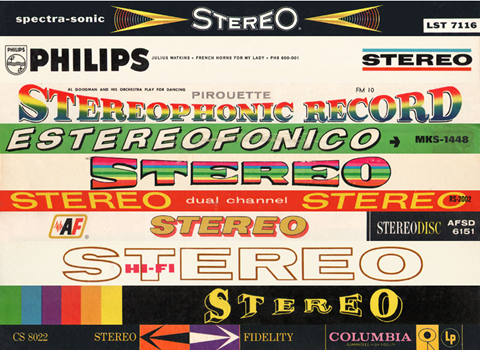
For various reasons, microwaves have long existed as additive appliances place into (rather than constructed as part of) home kitchens. This design aims to change all of that, with a built-in solution that addresses aesthetic as well as functional issues.

Slotted alongside your kitchen drawers, this space-saving unit by Anoush Mortazavi uses an existing commercial-kitchen innovation – the aluminum mode stirrer – to replace the typical rotating-plate approach to complete and even cooking of microwaved food (making it more like an oven than conventional microwave).

It has a magnetic sensor in the handle to turn itself off automatically should someone accidentally open it while it is working. Finishing touches include hollow stainless steel structure, lightweight removable side shelves and slots as well as a exterior touch-screen control panel and digital display (for viewing even when the device is in use).

While no single aspect is implausible, the finished product might take some time (and certainly some money) to make into a ready-to-manufacture fixture of modern households … and a lingering question remains: how do you begin to standardize the sizes so they fit below most (or many) kitchen counter tops?








































